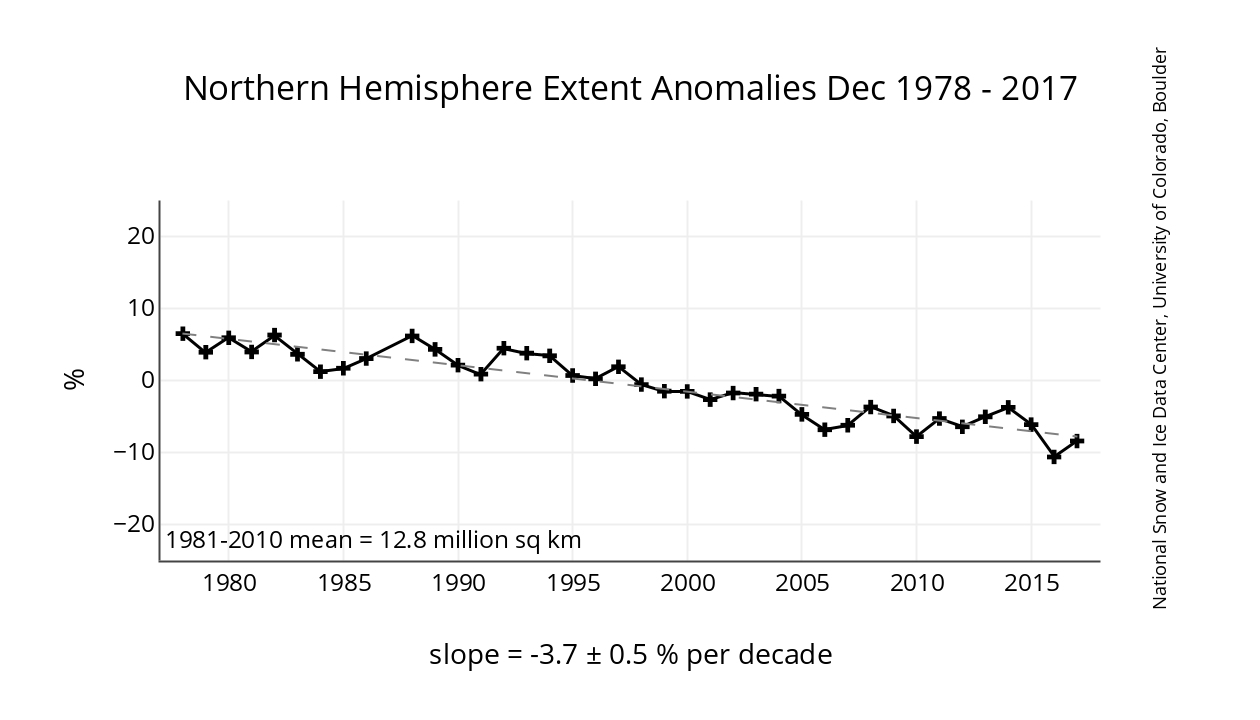“According to the University of Illinois, Antarctic sea ice area is nearly 30% above normal and the anomaly has reached 1,000,000 km2. …
According to NSIDC, over the last 30 years Antarctic sea ice extent has been growing at a rate of nearly 5% per decade, and set a record maximum last year. …
Sadly though, biologists using computer models have forecast that some Penguins are headed for extinction due to loss of Antarctic sea ice. …
The 30% excess of ice has not been widely reported, but there has been lots of talk in the press the last couple of days about ice breaking off the Wilkins Ice Shelf – the broken area being about one pixel in the NSIDC image above. Looking at the Wilkins picture below, I’m having a very tough time seeing any evidence of melting around the fractures, or any evidence of water pooling on the surface. Normally, such fractures are caused by tensile or shear stress, likely due to a change in currents. Ice melts from the edges towards the center, and that ice is very thick – up to 200 metres. Blaming the clean fractures seen below on warming and melting seems highly questionable – at best. I suggest bringing some actual structural and mechanical engineers into the discussion – how’s that for a novel idea in the AGW world?
Meanwhile in the Arctic, sea ice area is about 500,000 km2 below normal, which means that global sea ice area (Arctic + Antarctic) is about 500,000 km2 above normal. … Sounds like a real global meltdown, doesn’t it?” “Polar ice worries — north and south“


